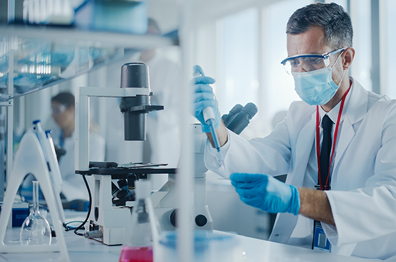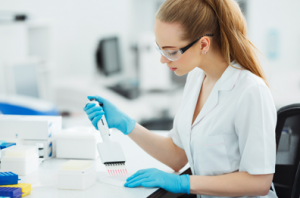Pipetting is an essential skill in many scientific experiments and is used to measure and transfer small volumes of liquids accurately. Incorrect pipetting can lead to inaccurate results and compromise the integrity of an experiment. In this blog, we will discuss how to pipette correctly to ensure reliable results.
1.Choose the right pipette
Before starting, ensure that you have the correct pipette for the job. Pipettes come in different sizes and are designed to measure specific volumes of liquids. Make sure you have the right pipette and tip for the volume you want to measure.
2.Familiarize yourself with the pipette
Before using a pipette, ensure you are familiar with it. Read the manufacturer’s instructions to understand how the pipette works, including how to adjust the volume and how to change the tip.
3.Check the pipette for accuracy
Before use, check the pipette for accuracy. To do this, fill the pipette with distilled water and dispense it into a weighing boat. Weigh the water, and the weight should be within the tolerance range specified by the manufacturer.
4.Prepare the pipette tip
Select a tip that fits your pipette and make sure it is securely attached. Prime the tip by aspirating and dispensing the liquid you will be pipetting a few times. This step helps ensure that the pipette tip is free of air bubbles, which can affect the accuracy of the volume dispensed.
5.Pipette the liquid
To pipette correctly, hold the pipette vertically and immerse the tip into the liquid to the desired depth. To aspirate the liquid, press the plunger down to the first stop, and hold it for a few seconds to allow the liquid to enter the tip. Then, slowly release the plunger, and wait for a few seconds before removing the pipette tip from the liquid.
6.Dispense the liquid
To dispense the liquid, hold the pipette vertically and touch the tip to the wall of the receiving vessel. Slowly press the plunger down to the first stop, and wait for a few seconds before fully releasing the plunger. This step ensures that all of the liquid is dispensed and prevents any liquid from being left in the tip.
7.Eject the tip
After dispensing the liquid, eject the tip into a designated waste container. Never reuse pipette tips as this can introduce contamination and affect the accuracy of the results. In conclusion, pipetting is an essential skill in many scientific experiments, and it is essential to pipette correctly to ensure reliable results.
By following the steps outlined above, you can improve the accuracy and reproducibility of your experiments.






